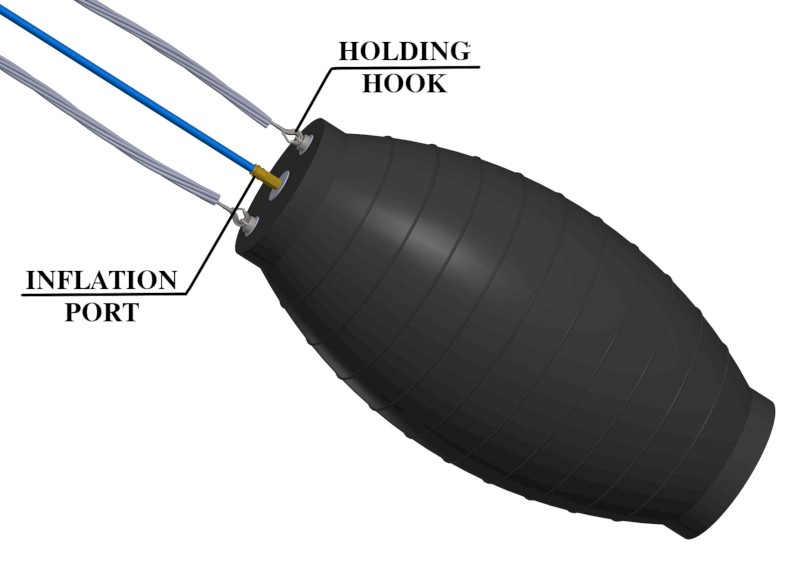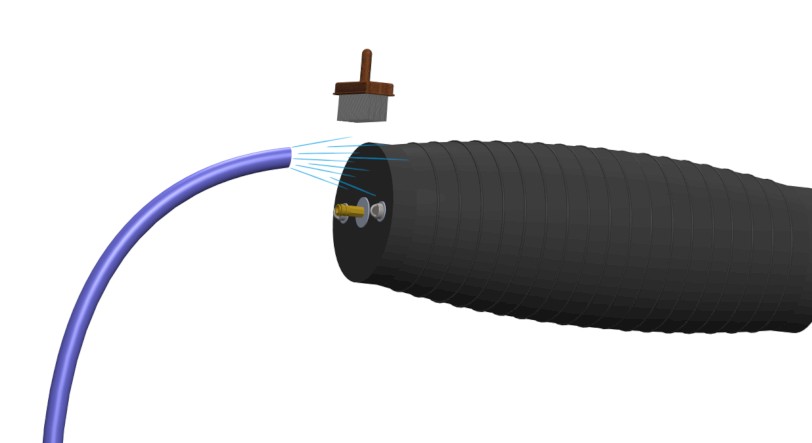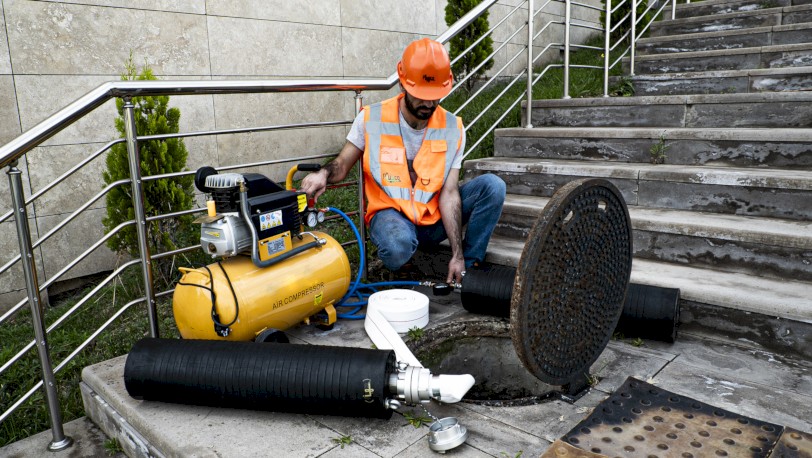A pipe plug is a device made of rubber which is reinforced by fiber cords. It has different names in different regions. Some of these are: Pipe Stopper, Pipe Balloon, Pipe Bung or Pipe Cushion.
Inflatable Pipe Plugs do not receive high attention as much as other industrial products. People don’t have much information about them since they are used in a specific field. So, people must search in the internet a lot to find proper instructions on how to use them. The ones to find a video from YouTube are the luckiest ones. PlugCo provides many videos to help end-users and get familiar about this rare but useful product.
Pipe Plugs are mainly used for following applications.
- Sealing/blocking the flow in the pipe Temporarily;
- Testing the pipe for Leaks
- Test by Water
- By filling the water from the manhole
- By filling the water through the plug without using the manhole
- Test by Air
- Test by Water
- Bypassing the Flow/Diverting the flow
NECESSARY EQUIPMENT
While using the Pipe Plug, it recommended to use the required PlugCo accessories as following.
- Air Hose to inflate the Plug;
- Air Control Device to monitor the inflation pressure;
- Water Hose to fill in the water (For Water Test without using the manhole or for diverting the flow)
- Air Discharge Adaptor (For Water Test)
- Air Test Adaptor (For Air Test)
- Centralizer (For 5001000 Model and larger)
In the head part of the Pipe Plug, there is an inflation port and eye bolts to hold and pull the Plug during operation.

The inflation Air Hose is connected to the Pipe Plug by connecting one end to the inflation port, whereas the other end is connected to an air supply. This source can be an air compressor or a hand pump. It is easy to connect through the inflation port since it has quick coupling. PlugCo brand Inflation hoses are usually 10 meters long.
HOW TO USE A PIPE PLUG
Before using, it is necessary to read the safety instructions. Don’t start using without reading & understanding the safety instructions in PlugCo User Manual.

After providing all the safety measures, place the pipe plug in the pipe. It should be ensured that the pipe plug is right in the center of the pipe by measuring because if it is just a few centimeters away from the center, it can affect the contact area rubber body of the pipe plug with the pipeline and this may lead to unwanted consequences.

After placing the plug, you can start the inflating process. During this process, use PlugCo Pressure Control Device to prevent over-inflation. Be sure to track the pressure inside the pipe plug with the help of a Pressure Gauge. Never inflate more than the value of pressure remarked on the product (Max. inflation Pressure). After reaching the right value of pressure, close the valve of PlugCo Control Device so the inflation stops, and inflatable pipe plug starts to hold water behind. Prevention must be made to ensure that the pipe plug doesn’t slip away when there is pressure behind it.
The most important safety rule is to stay away from the Dangerous Zone!

After completing the process, discharge the water pressure behind the pipe plug. Otherwise, the air inside the plug will decrease while deflating it which will reduce the frictional force and the plug will start to slip away. This can damage the rubber of the product. After discharging the water, deflate with an air discharge valve. Then, remove it from the pipe with the eye bolts on it.
WHAT TO DO AFTER USING
After every usage of the inflatable pipe plug, it should be examined to make sure that there are no scratches or cuts. Next, apply a leakage test with soapsuds and air leaks must be checked.

If the pipe plug is in good condition, make sure to keep it away from sun light in a cool (+15°C up to 25°C) and dry place for next sealing operations
In case your team is not trained to use the Pipe Plug, PlugCo Engineers can offer a training and on-site Supervision. In addition, PlugCo sales and engineering teams are always ready to answer your questions about inflatable pipe plugs. So, do not hesitate to Contact us https://www.plugco.net/contact.
